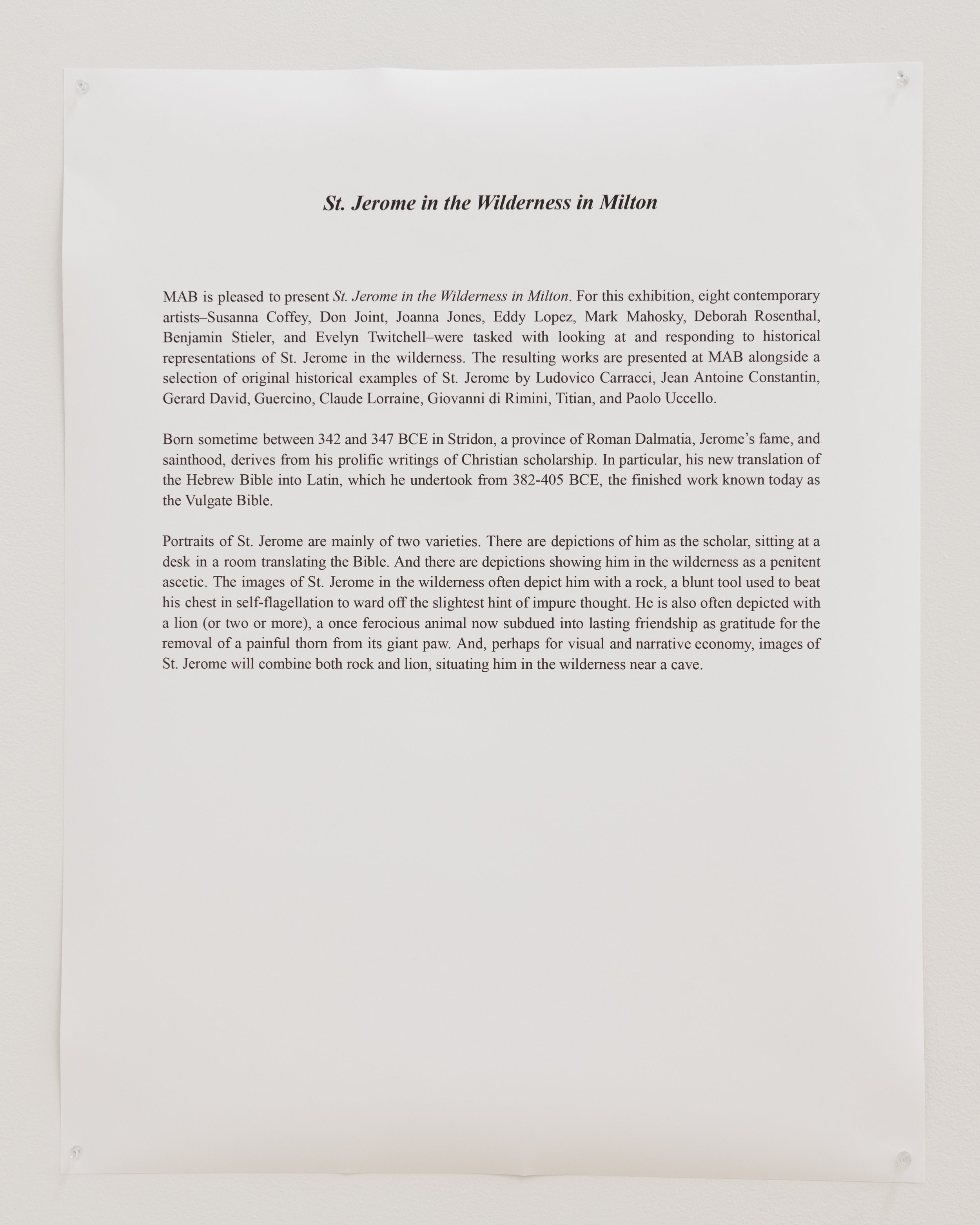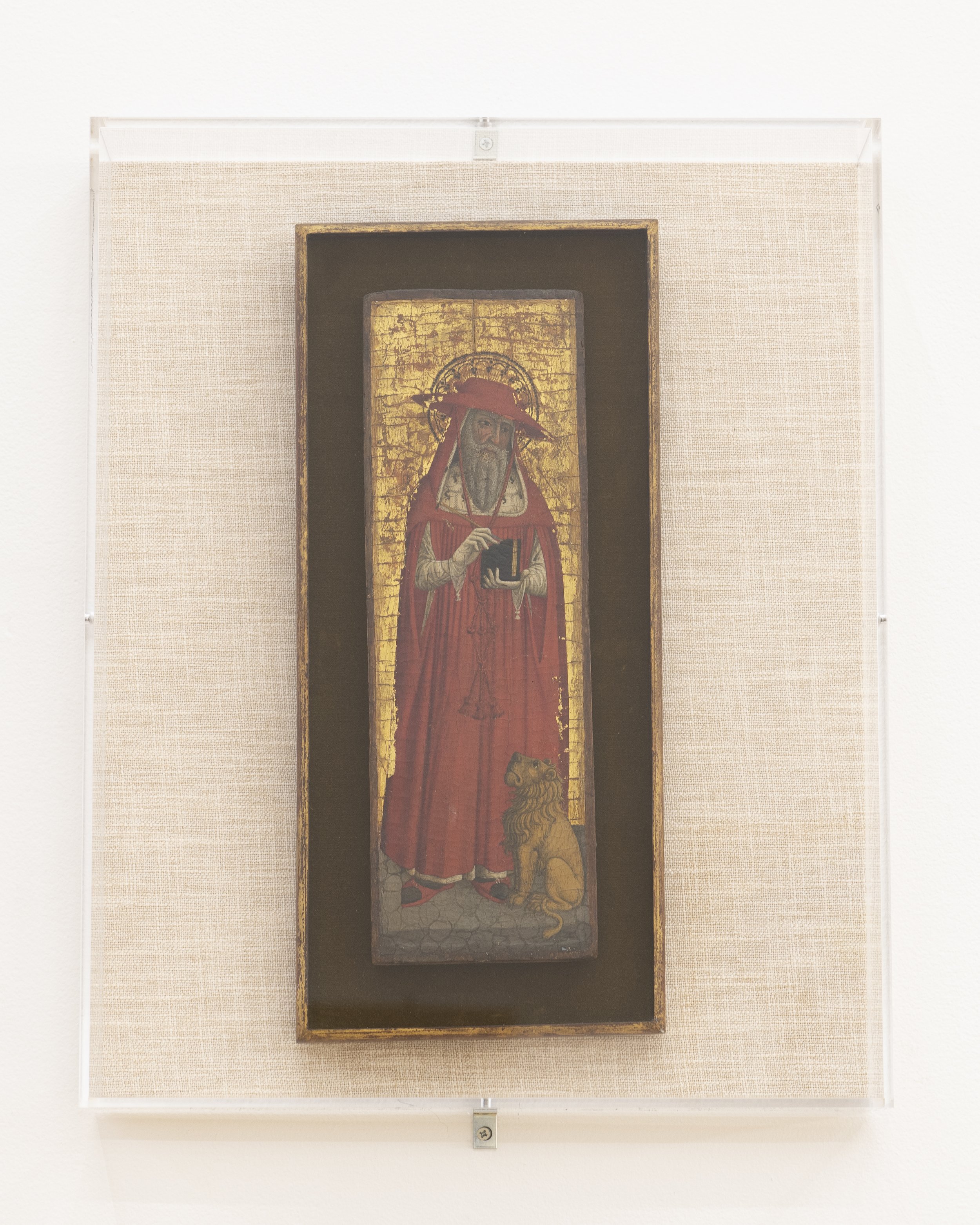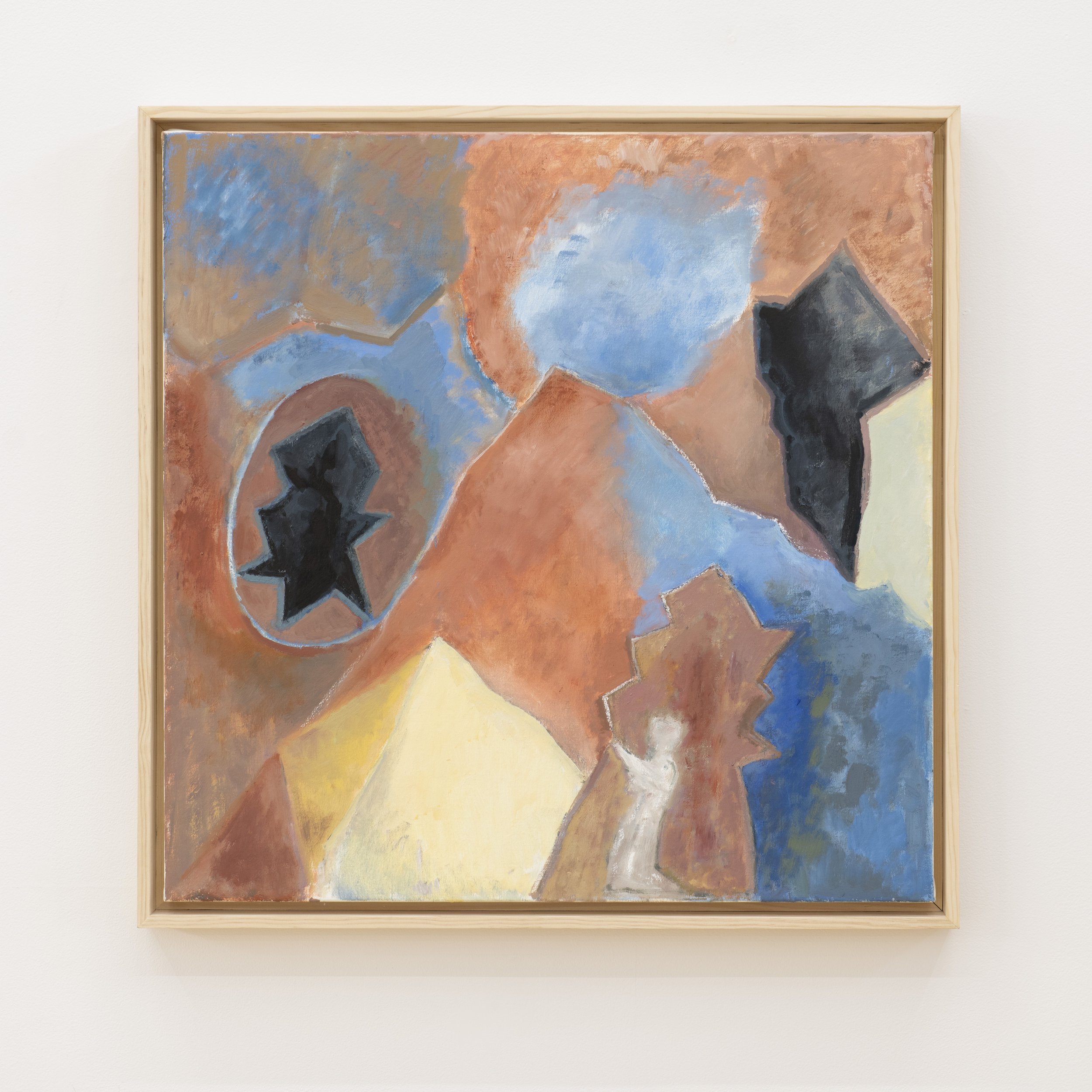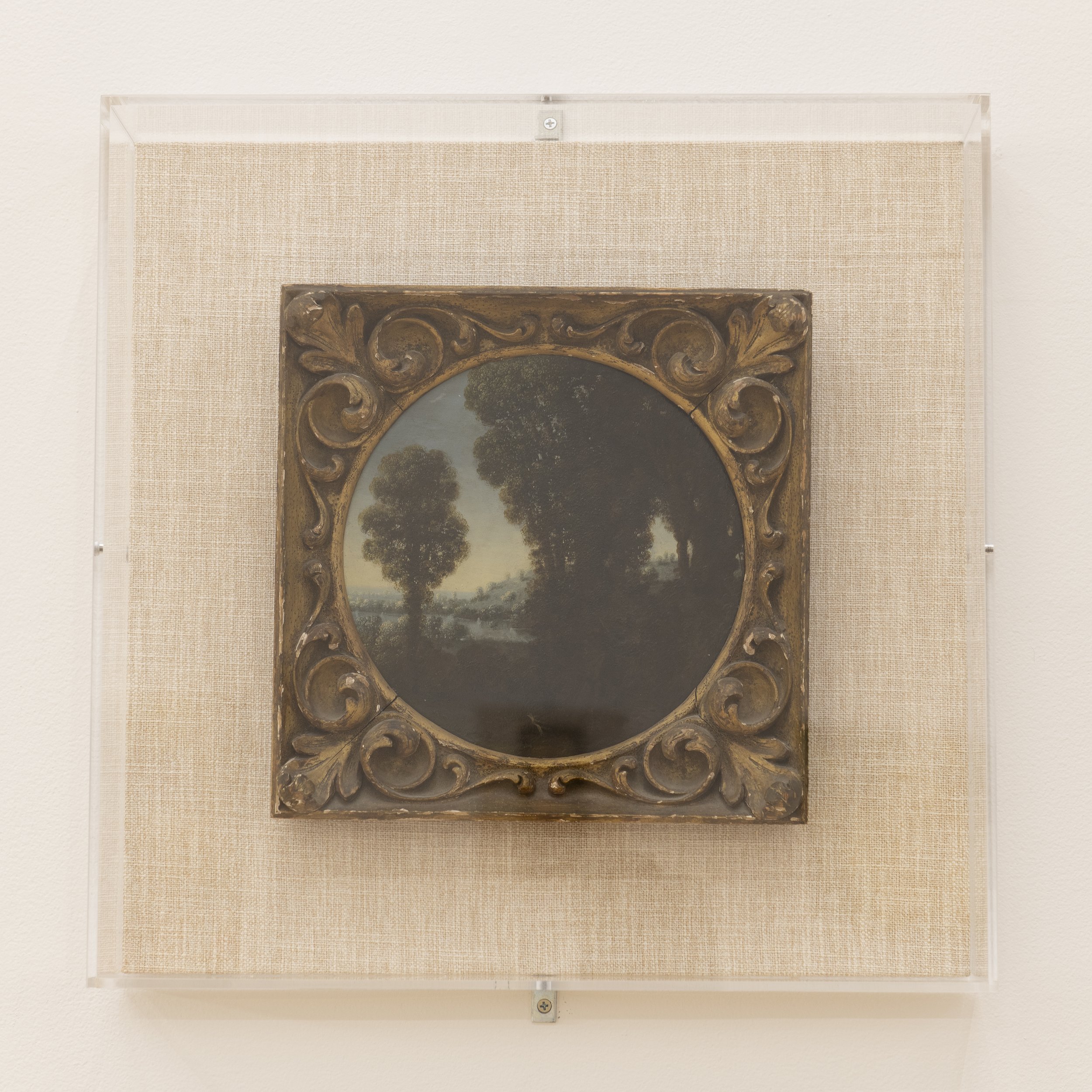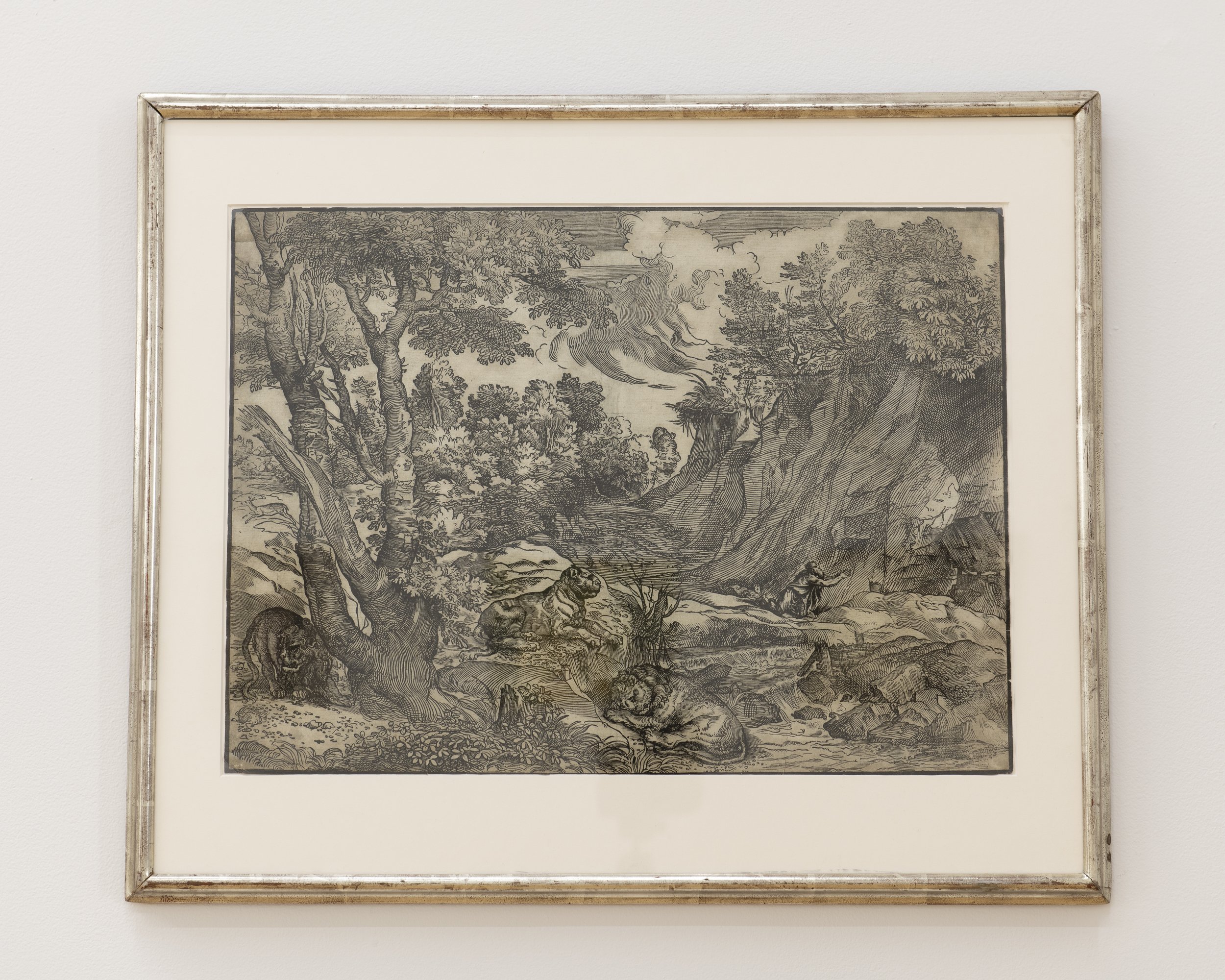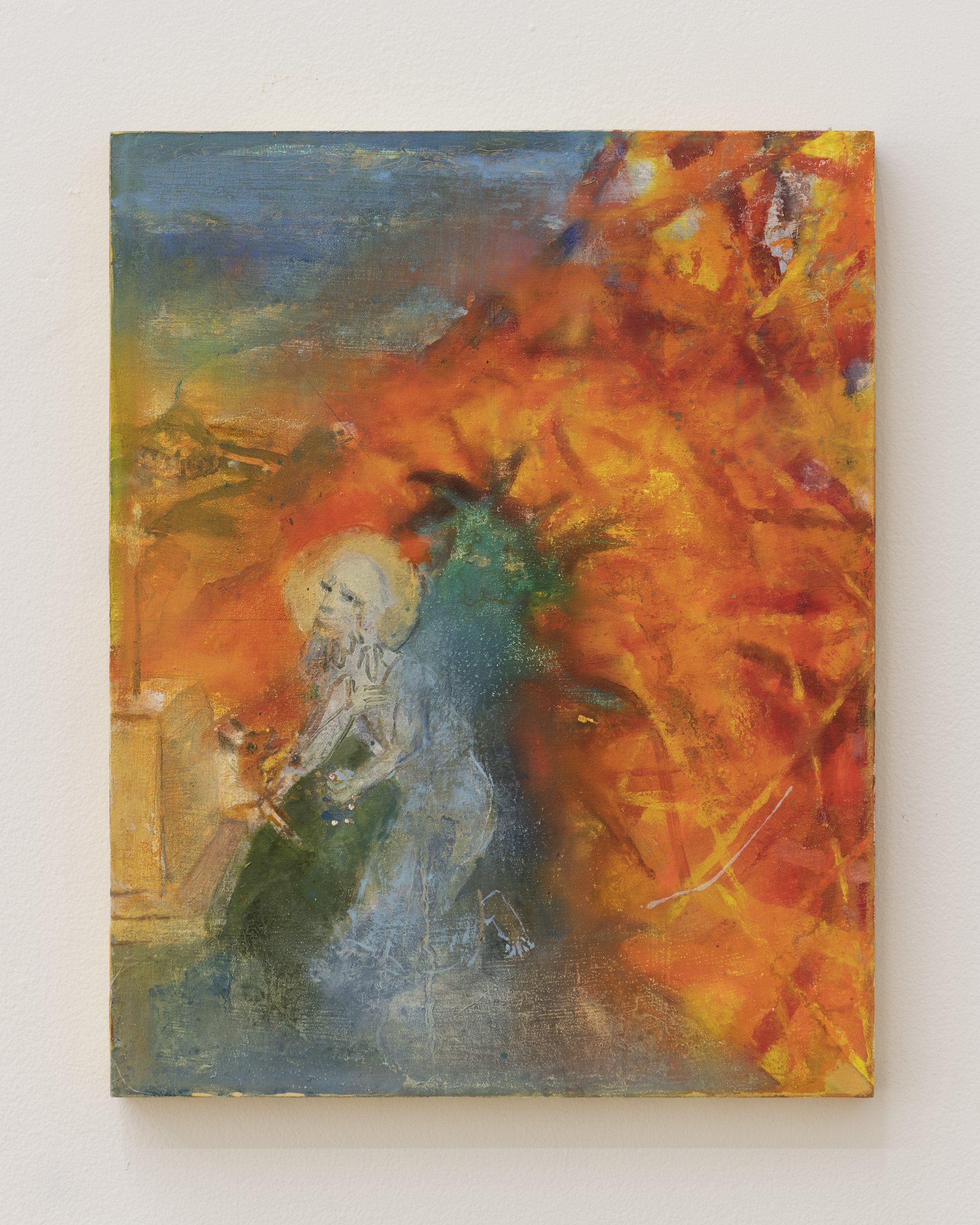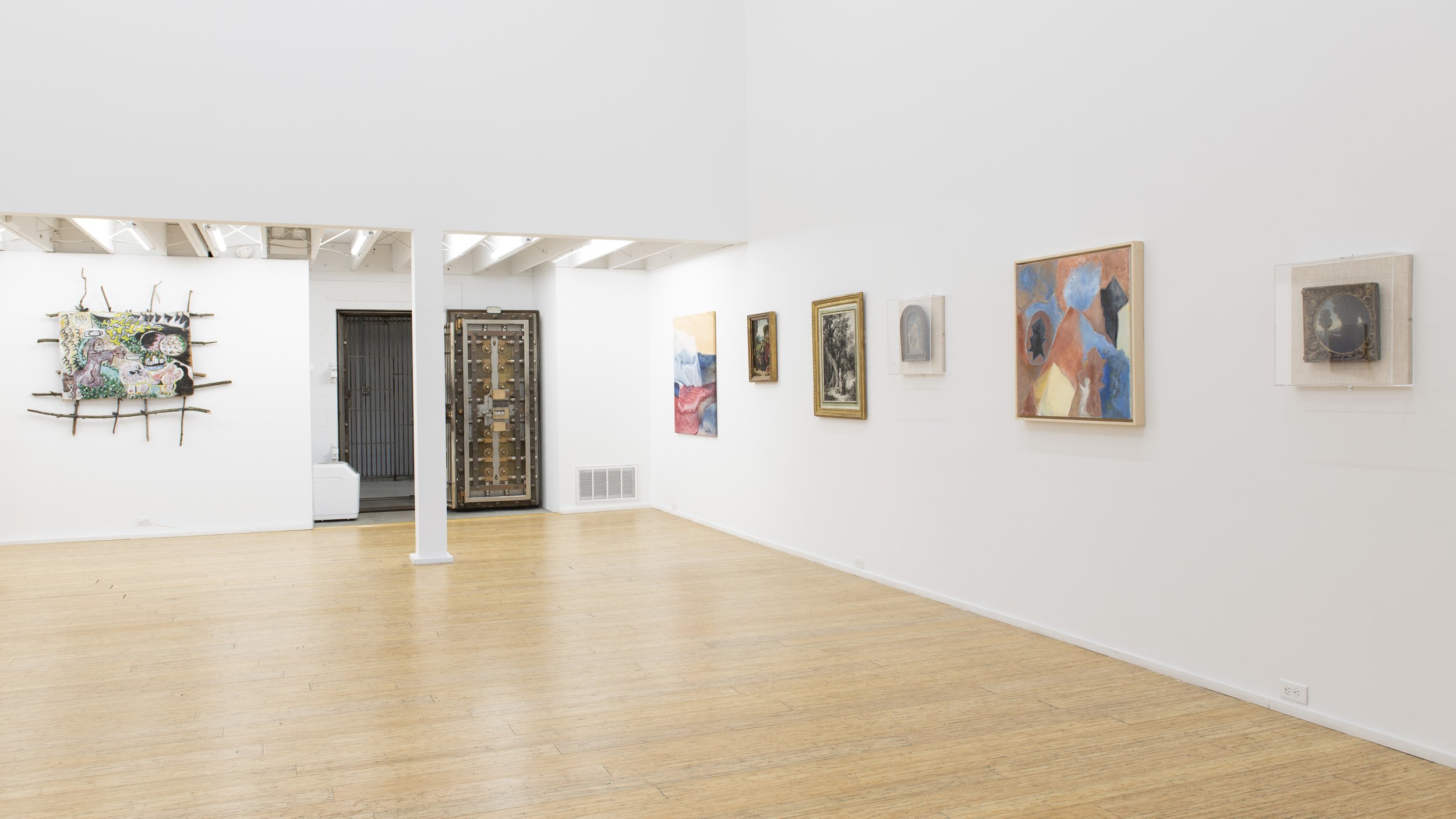St. Jerome in the Wilderness in Milton
October 20th, 2022 - January 21st, 2023
Paolo Ucello
St. Jerome in Penitence, ca. 1430
Oil on panel
MAB is pleased to present St. Jerome in the Wilderness in Milton. For this exhibition, eight contemporary artists–Susanna Coffey, Don Joint, Joanna Jones, Eddy Lopez, Mark Mahosky, Deborah Rosenthal, Benjamin Stieler, and Evelyn Twitchell–were tasked with looking at and responding to historical representations of St. Jerome in the wilderness. The resulting works are presented at MAB alongside a selection of original historical examples of St. Jerome by Ludovico Carracci, Jean Antoine Constantin, Gerard David, Guercino, Claude Lorraine, Giovanni di Rimini, Titian, and Paolo Uccello.
Born sometime between 342 and 347 BCE in Stridon, a province of Roman Dalmatia, Jerome’s fame, and sainthood, derives from his prolific writings of Christian scholarship. In particular, his new translation of the Hebrew Bible into Latin, which he undertook from 382-405 BCE, the finished work known today as the Vulgate Bible.
Portraits of St. Jerome are mainly of two varieties. There are depictions of him as the scholar, sitting at a desk in a room translating the Bible. And there are depictions showing him in the wilderness as a penitent ascetic. The images of St. Jerome in the wilderness often depict him with a rock, a blunt tool used to beat his chest in self-flagellation to ward off the slightest hint of impure thought. This seems a probable scenario, a guilty conscious provoking extreme behavior. He is also often depicted with a lion (or two or more), a once ferocious animal now subdued into lasting friendship as gratitude for the removal of a painful thorn from its giant paw. This, a less likely scenario, though it does tender metaphorical rewards. And, perhaps for visual and narrative economy, images of St. Jerome will combine both rock and lion, situating him in the wilderness near a cave.
The conflict between the sacred and profane inevitably comes to the forefront of discussion when attempting to contextualize St. Jerome’s life and work today. How to balance a stern Christian moralizer (particularly keen to prescribe the “correct” behaviors for women, encouraging chaste virginity) on one hand, with someone who, as a young man, experimented liberally with the sexual (possibly/probably homosexual) offerings in Rome? Was he a cynical hypocrite, or a flawed human unable to deal with the earth-bound realities of sexual desire? St. Jerome was a dedicated scholar, and his translation of the Bible arguably aided the expansion and accessibility of Christian ideas throughout the early Middle Ages. Which would, in turn, lay the groundwork for centuries of subjugation and persecution of people engaged in “immoral sins of the flesh,” i.e., the natural expressions of human sexuality. To some, he was a scholar and saint. To others, the progenitor of extreme pain and suffering.
It is particularly interesting, therefore, to also consider Jerome the man alone in the wilderness (with his rock and lion), communing with the arid sun and sand, subsisting on minimal food and water, skin beaten and browning, attempting to gain access to a higher spiritual plane through bodily suppression. The figure in the landscape, a human against nature, all safe domestic comforts traded for dangerous unknown wilds, in a profound rejection of past deeds and past lives. What we are left with is a portrait of extreme struggle and inner conflict.
Virtual Walk-thru: St. Jerome in the Wilderness in Mitlon
